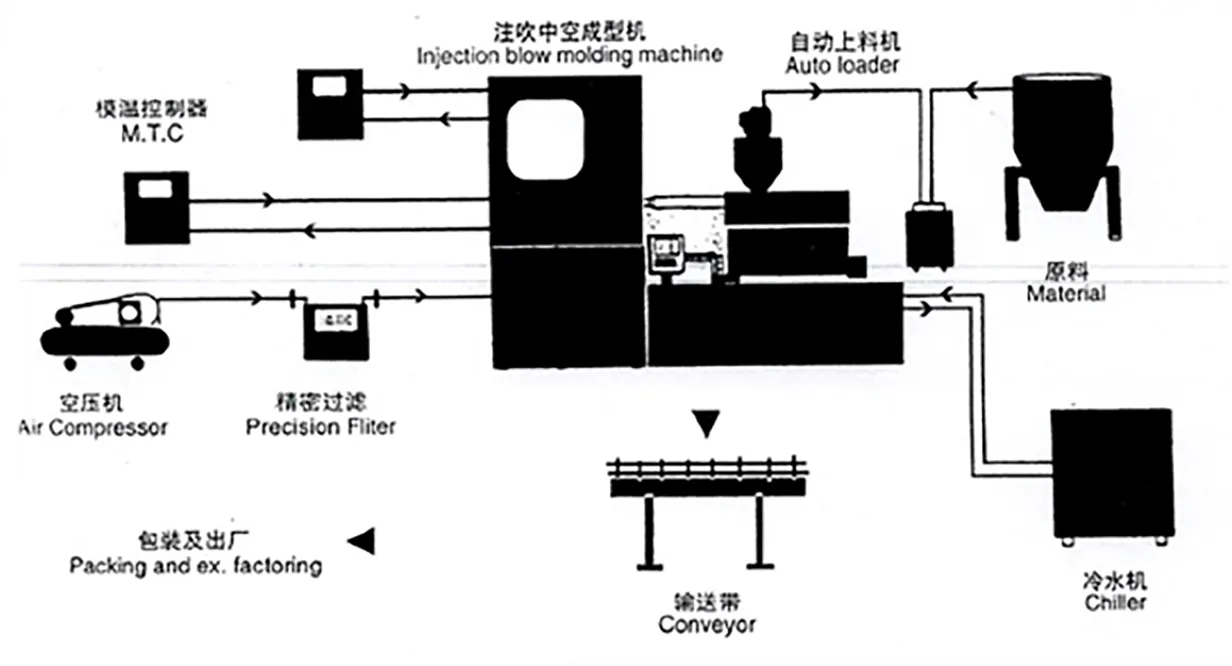
-
 Afrikaans
Afrikaans -
 Albanian
Albanian -
 Amharic
Amharic -
 Arabic
Arabic -
 Armenian
Armenian -
 Azerbaijani
Azerbaijani -
 Basque
Basque -
 Belarusian
Belarusian -
 Bengali
Bengali -
 Bosnian
Bosnian -
 Bulgarian
Bulgarian -
 Catalan
Catalan -
 Cebuano
Cebuano -
 Corsican
Corsican -
 Croatian
Croatian -
 Czech
Czech -
 Danish
Danish -
 Dutch
Dutch -
 English
English -
 Esperanto
Esperanto -
 Estonian
Estonian -
 Finnish
Finnish -
 French
French -
 Frisian
Frisian -
 Galician
Galician -
 Georgian
Georgian -
 German
German -
 Greek
Greek -
 Gujarati
Gujarati -
 Haitian Creole
Haitian Creole -
 hausa
hausa -
 hawaiian
hawaiian -
 Hebrew
Hebrew -
 Hindi
Hindi -
 Miao
Miao -
 Hungarian
Hungarian -
 Icelandic
Icelandic -
 igbo
igbo -
 Indonesian
Indonesian -
 irish
irish -
 Italian
Italian -
 Japanese
Japanese -
 Javanese
Javanese -
 Kannada
Kannada -
 kazakh
kazakh -
 Khmer
Khmer -
 Rwandese
Rwandese -
 Korean
Korean -
 Kurdish
Kurdish -
 Kyrgyz
Kyrgyz -
 Lao
Lao -
 Latin
Latin -
 Latvian
Latvian -
 Lithuanian
Lithuanian -
 Luxembourgish
Luxembourgish -
 Macedonian
Macedonian -
 Malgashi
Malgashi -
 Malay
Malay -
 Malayalam
Malayalam -
 Maltese
Maltese -
 Maori
Maori -
 Marathi
Marathi -
 Mongolian
Mongolian -
 Myanmar
Myanmar -
 Nepali
Nepali -
 Norwegian
Norwegian -
 Norwegian
Norwegian -
 Occitan
Occitan -
 Pashto
Pashto -
 Persian
Persian -
 Polish
Polish -
 Portuguese
Portuguese -
 Punjabi
Punjabi -
 Romanian
Romanian -
 Russian
Russian -
 Samoan
Samoan -
 Scottish Gaelic
Scottish Gaelic -
 Serbian
Serbian -
 Sesotho
Sesotho -
 Shona
Shona -
 Sindhi
Sindhi -
 Sinhala
Sinhala -
 Slovak
Slovak -
 Slovenian
Slovenian -
 Somali
Somali -
 Spanish
Spanish -
 Sundanese
Sundanese -
 Swahili
Swahili -
 Swedish
Swedish -
 Tagalog
Tagalog -
 Tajik
Tajik -
 Tamil
Tamil -
 Tatar
Tatar -
 Telugu
Telugu -
 Thai
Thai -
 Turkish
Turkish -
 Turkmen
Turkmen -
 Ukrainian
Ukrainian -
 Urdu
Urdu -
 Uighur
Uighur -
 Uzbek
Uzbek -
 Vietnamese
Vietnamese -
 Welsh
Welsh -
 Bantu
Bantu -
 Yiddish
Yiddish -
 Yoruba
Yoruba -
 Zulu
Zulu
amber colour reagent bottle
The Significance of Amber Color Reagent Bottles in the Laboratory
In the world of scientific research and experimentation, the proper handling and storage of chemicals are paramount. One often overlooked but crucial element in this process is the type of container used for storing reagents. Among various options available, amber color reagent bottles stand out due to their unique properties and benefits.
Amber bottles are specially designed to protect light-sensitive substances. Many chemicals, especially those used in laboratories, can degrade or react adversely when exposed to light, particularly ultraviolet (UV) light. These reactions can lead to ineffective experiments, loss of valuable resources, and wastage of time. The amber coloration of these bottles serves as a barrier against light, ensuring that the integrity of the chemicals inside is maintained. This is particularly vital for solutions that are sensitive to photodegradation, such as certain biological reagents, dyes, and pharmaceuticals.
The Significance of Amber Color Reagent Bottles in the Laboratory
Moreover, amber bottles are commonly made from high-quality glass or specialized plastics that can withstand various chemical interactions. This durability ensures that the bottles do not contaminate the contents with unwanted substances, which can often occur with inferior containers. Researchers can confidently store their reagents without worrying about leaching, making amber bottles a reliable choice for preserving chemical purity.
amber colour reagent bottle

In the realm of safety, using suitable containers like amber bottles is also vital. Many laboratory chemicals pose risks if not handled properly, and selecting appropriate storage solutions can mitigate those hazards. Amber bottles, especially when they come with secure caps, offer additional protection against spills and contamination. This is a significant consideration in any laboratory environment, as it helps protect not just the reagents, but also the people working there.
Furthermore, the aesthetic quality of amber bottles cannot be overlooked. In many laboratories, organization and cleanliness are essential for maintaining an efficient work environment. Amber bottles present a uniform and professional appearance, which can enhance the overall aesthetics of the workspace. This organized appearance can instill a sense of pride and professionalism among laboratory staff.
Finally, the cost-effectiveness of amber reagent bottles makes them a favorable option for laboratories operating under tight budgets. While they may appear slightly more expensive than clear glass options, the long-term benefits of preserving the quality of reagents often outweigh the initial costs. By preventing degradation and minimizing wastage, researchers ultimately save money and resources.
In conclusion, amber color reagent bottles are invaluable tools in the scientific community. They not only protect light-sensitive chemicals but also enhance organization, safety, and aesthetics within the laboratory. Their durability and cost-effectiveness further solidify their importance in chemical research and experimentation. As scientific advancements continue to evolve, the role of appropriate storage solutions like amber bottles will remain pivotal in ensuring that research efforts achieve their intended outcomes.
-
Premium Metal Dropper Bottle for Precise Dispensing 250ml & 1ml Options AvailableNewsJul.04,2025
-
20 ml Headspace Vials - High Quality Polyethylene & Plastic Vials for Lab UseNewsJul.04,2025
-
Small Bottle with Pipette - Precise Dispensing 100ml Pipette Bottles for Essential Oils & Lab UseNewsJun.24,2025
-
Acetic Anhydride Bottle for Accurate Dropper Measurement in Pharmacy Use High-Quality Dropper BottlesNewsJun.10,2025
-
Innovative PET Bottle Design for Juice – Unique Shapes & Customization OptionsNewsJun.10,2025
-
20 Pack Sterilized Petri Dishes – Assorted Sizes, High Quality Small Plastic Petri Dishes for Lab UseNewsJun.10,2025






















